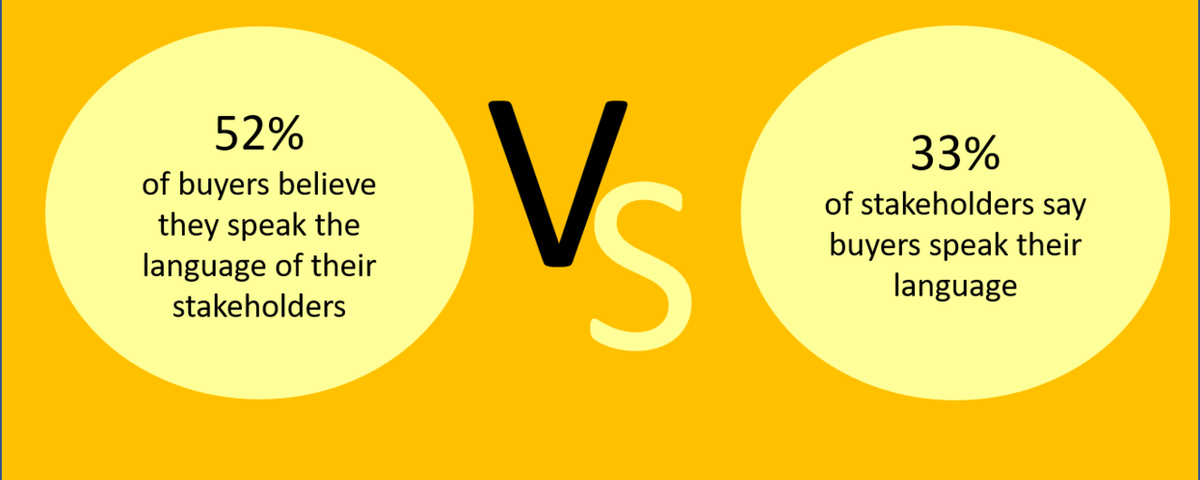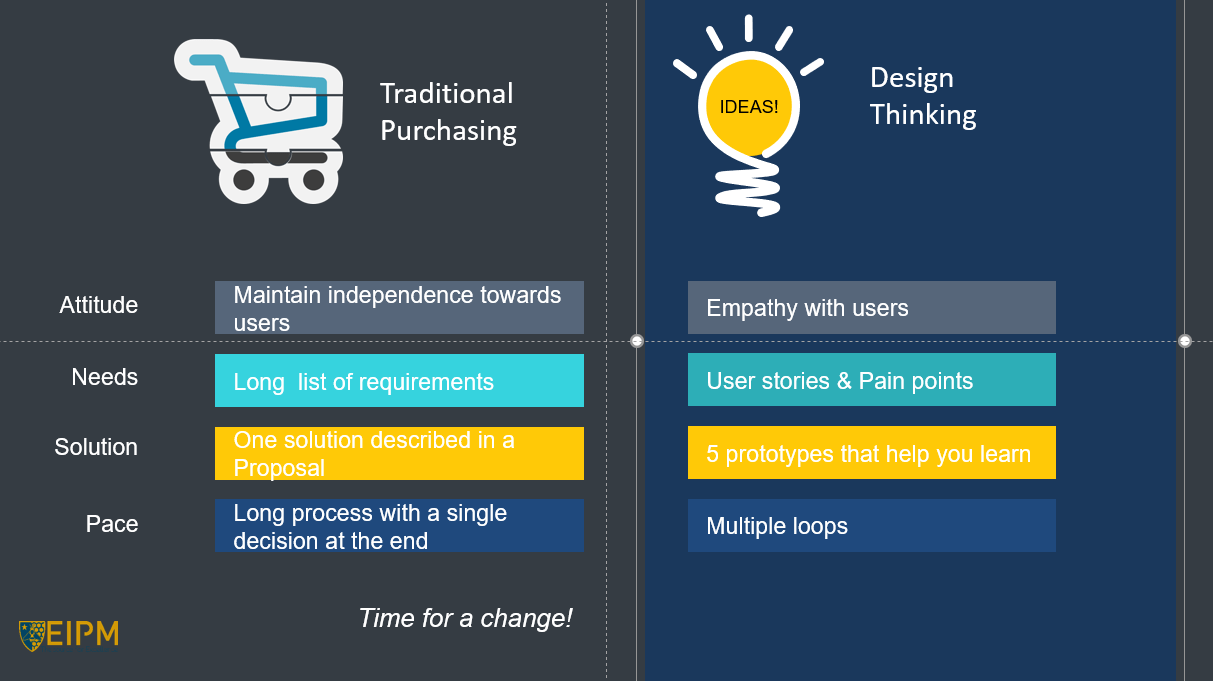Innovation: cracking the code of stakeholder collaboration!
by Hervé Legenvre, PhD EIPM
Why innovation requires close relationships with stakeholders?
To contribute to innovation, as procurement professionals, we need close relationships with our key stakeholders. This is a must to access the real innovation needs of the business. For most classic projects, buyers can start with functional specifications and challenge them. This is a great way to generate market alternatives and increase the chances of getting a good price. It also offers the possibility to access improvements or even incremental innovations. But for more significant contribution to innovation, it works differently; needs are less explicit as innovation is about tackling ill-defined problems. If you find an interesting solution or an innovative company within the market, you need to be able to spot the right person concerned by that problem, which could be fixed by that solution. If you want to bring truly innovative solutions to specific stakeholders, you need to understand the “hard to solve” problems that could deliver outstanding value. To do this accessing nicely written specifications is not enough, you need to understand the concerns, the problems, the frustrations, the unmet needs and the pain point of your stakeholders. Think of a procurement software solution… listing functionalities is a good step forward… but you would really see a difference if this removed all frustrations and problems you faced when using it. So, to contribute to innovation we need an intimate relationship with stakeholders.
Cracking the code of close stakeholder collaboration
Last year, with Ronan Hascoët (a colleague from CDAF Formation in France), we designed a short survey with mirror questions sent to some Buyers on one hand and to some stakeholders on the other hand. Discovering the results, on most items we had a rather nice alignment. For instance, 25% of buyers said they communicated about their mission and their role to stakeholders and 19% of the stakeholders said they saw buyers do it. We also had 39% of buyers say they shared objectives (formal or informal) with their stakeholders and 38% of the stakeholders provided us with the same message. But when we asked if buyers were good at speaking the language of their stakeholders, 52% said they were rather good at it. However only 33% of the stakeholders believed that buyers were rather good at speaking their language. Which is a much more significant and intriguing gap!

This difference of appreciation is a very good hint at understanding how to crack the code for building close collaboration with stakeholders. If we simply use the day-to-day technical terms of our stakeholders, they will not perceive us as someone who speaks their language. We are perceived as being close to them only when we show that we understand their concerns, their frustration and their problems… when we express genuine empathy and… when we help them solve some of their problems though our work with them. Benefit is twofold, we understand their unmet needs while we get closer to them. This is a cumulative virtuous process that unlocks great potential in the long term, especially as we demonstrate our ability to solve some of their challenges over time.
How to get started?
It is all about asking questions. This is how we build good relationships and how we learn about what matters to people. A lot can be said on how to ask great questions. Here are five pieces of advice and examples that can help you:
1. Avoid leading personal questions to your interlocutor such as… Are you facing a problem with the quality of this product? Prefer open ended and inclusive questions What problems are we facing with this product?
2. Follow up questions are great. When your interlocutor has just expressed a concern…. You can answer: Very interesting to hear about this concern… can you tell me more about it? or Do you face other challenges like this? I would love to hear more about them…
3. Avoid starting a discussion with challenging questions for your interlocutor such as…. Why is the process out of control? Ask positive engaging questions Could we have done things differently? How do you feel about the difficulties we face with…?
4. Use questions that challenge the status quo: Could we do something very different in order to……?
5. And finally dare to develop conversions with distant and difficult stakeholders. They could help you unlock more value than friendly ones who are already quite close to you
In any case start simple and practice asking more questions.
Time to conclude
Next time you meet some of your stakeholders and if you feel at ease with it…. tell them: “I am really interested in what you do and I’d love to understand more about it…” Invite them for a coffee and start asking questions such as “What are the biggest concerns and frustration you face? What are your most strategic projects coming up and your main concerns about these? What are the problems you would like to see disappear when we buy something for you in the future?”
Such questions will help you speak the language of your stakeholders, they will help you get closer to them and they help you understand what innovative solutions they need and why they need them….
And if you persevere, some answers will offer true gems!
Hervé Legenvre, PhD
EIPM Value Creation Observatory Director
Share this:
- Click to print (Opens in new window)
- Click to share on Facebook (Opens in new window)
- Click to share on LinkedIn (Opens in new window)
- Click to share on Twitter (Opens in new window)
- Click to share on Google+ (Opens in new window)
- Click to share on Pinterest (Opens in new window)
- Click to share on Skype (Opens in new window)
- Click to share on WhatsApp (Opens in new window)





